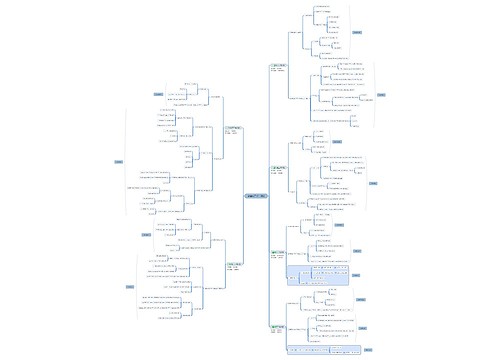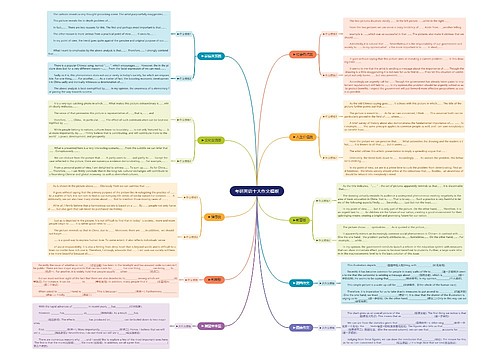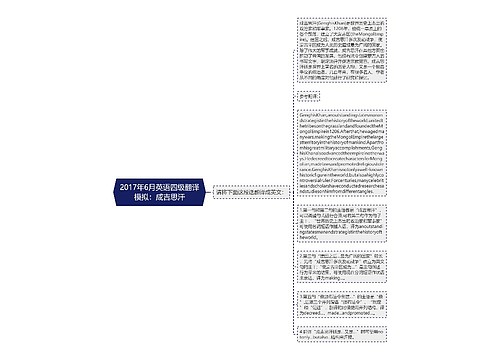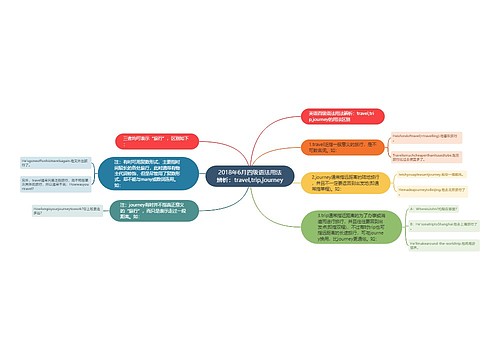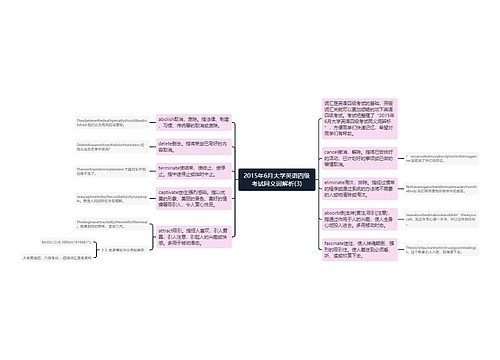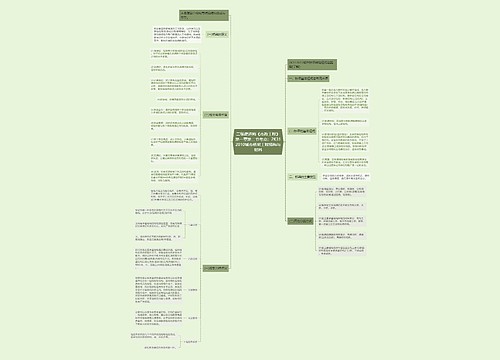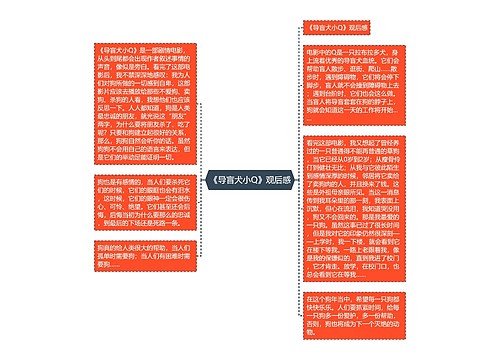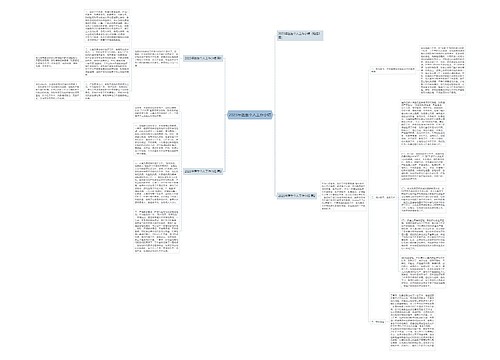2022年下半年大学英语四六级考试将在12月进行,各位即将参加12月四级考试的小伙伴该现在就该提前做好准备了,树图网小编为大家整理了2022年12月大学英语四级阅读题练习,希望对大家的四级考试阅读题有所帮助~
Japan is getting tough about recycling—and not inthe paper and plastic kind of way. Recently, thecountry requires that all electronic goods—TVs,VCRs, stereos, and more—be recycled. But recyclingwill not beleft to consumers, instead, the devices willbe sent to the original manufacturer for properdisposal.
The new law poses a few challenges to manufacturers who are now rushing to set up collectionnetworks and perfecting techniques to disassemble and recycle older products.With an eyetoward the future, they are also integrating easily recycled materials into new products.Plastics, a major component of most electronicproducts,pose a particular obstacle becausetheir quality becomes worse and worse with age,losing strengthand flexibility even ifreprocessed.NEC Corp. overcomes this problem by creating a plastics sandwich, in which thefilling is 100 percent recycled plastic and the outer layers a mixture of 14 percent recycledmaterial.The resulting plastic has sufficient strength and toughness for use as a case fordesktop PCs. The company, in cooperation with plastic maker Sumitomo Dow, has alsodeveloped a new plastic, which engineers claim retains its mechanical properties throughrepeated recycling. NEC uses the plastic, which is also flame-retardant (阻燃的) in batterycases for notebook PCs.
Meanwhile, Matsushita Electric, maker of the Panasonic brand, is avoiding plastic in favor ofmagnesium (镁). Magnesium, says the company, is ideal for re cycling because it retains itsoriginal strength throughrepeated reprocessing. Matsushita has developed moldingtechniques to form magnesium into the case for a 21-inch TV. Unfortunately, the magnesiumcase and energy-saving features make the TV about twice as expensive as an ordinarymodel.The company hopes, however, that increased use of magnesium will eventually bringprices down.
Choose correct answers to the question:
1. According to the present regulations of Japan, the recycling of paper and plasticwill be the responsibility of______.
2. Which of the following is NOT the character of plastics?
A. Most electronic products contain plastics.
B. It retains its original strength through reprocessing.
C. Recycled plastics can be integrated into new products.
D. Plastics will lose flexibility after a certain period of time.
3.According to the passage, the term "plastic sandwich" refers to_____.
A. a kind of sandwich-shaped toy made of plastics
B. a kind of plastics with different integration in each layer
C. a kind of plastics with maximum strength and flexibility
D. a kind of plastics made of 100% recycled materials
4.In the passage, it is implied but NOT stated that_____.
A. disposing the plastics is one of NEC Corp’s businesses
B. magnesium is an ideal material for the case of TV
C.21-inch TV with magnesium case isn’t very popular so far
D. magnesium must be better than the plastics
5.The author writes this passage in order to_____.
1.[C] 推理判断题。文章首段提到了电子产品的回收利用与纸张和塑料不同;本段最后一句中的but表明了以上不同点在于电子产品的回收不依靠消费者,而依靠生产者。结合以上两点,可以推断纸张和塑料的回收利用主要靠消费者,因此选项C为正确答案。
2.[B] 事实细节题。本题考査列举处。第2段第3句列举了塑料的特性,对照选项和该句,就能发现文中明确提到选项A、C、D,而选项B显然与原文意思相反。
3.[B] 事实细节题。本题考査复合句的理解。第2段第4句是一个非限制性定语从句,是plastics sandwich 的定义,选项B是对该定语从句所述亊实的总结,因此选项B正确。选項A在文中没有提及;选项C中的maximum是对原文sufficient的曲解;选项D中的100%这一数据不准确,文中只提到plastics sandwich里层是100%的再生塑料。
4.[C] 推理判断题。本题考査转折处。最后一段倒数第2句中的Unfortunately一词指出了用镁作机壳的电视机很贵,从而暗示它们并不受消费者欢迎,所以选项C正确。选项A属原文明确表达的意思。本段第2句只指出镁是一种理想的再生材料(ideal for recycling),因此选项B不对;全文并未比较塑料和镁哪个更好,因此选项D不对。
5.[A] 主旨大意题。文中作者只是客观地描述亊实,吿知读者日本的电子产品再循环使用的一些新变化和新技术,抓住这个主旨就能选出正确答案A。作者并未发表任何个人观点,也未做出任何指示或预测。

 U633687664
U633687664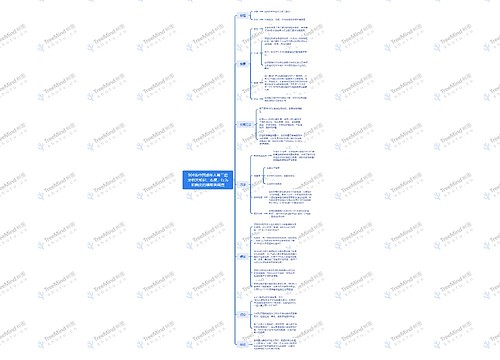
 U582121265
U582121265